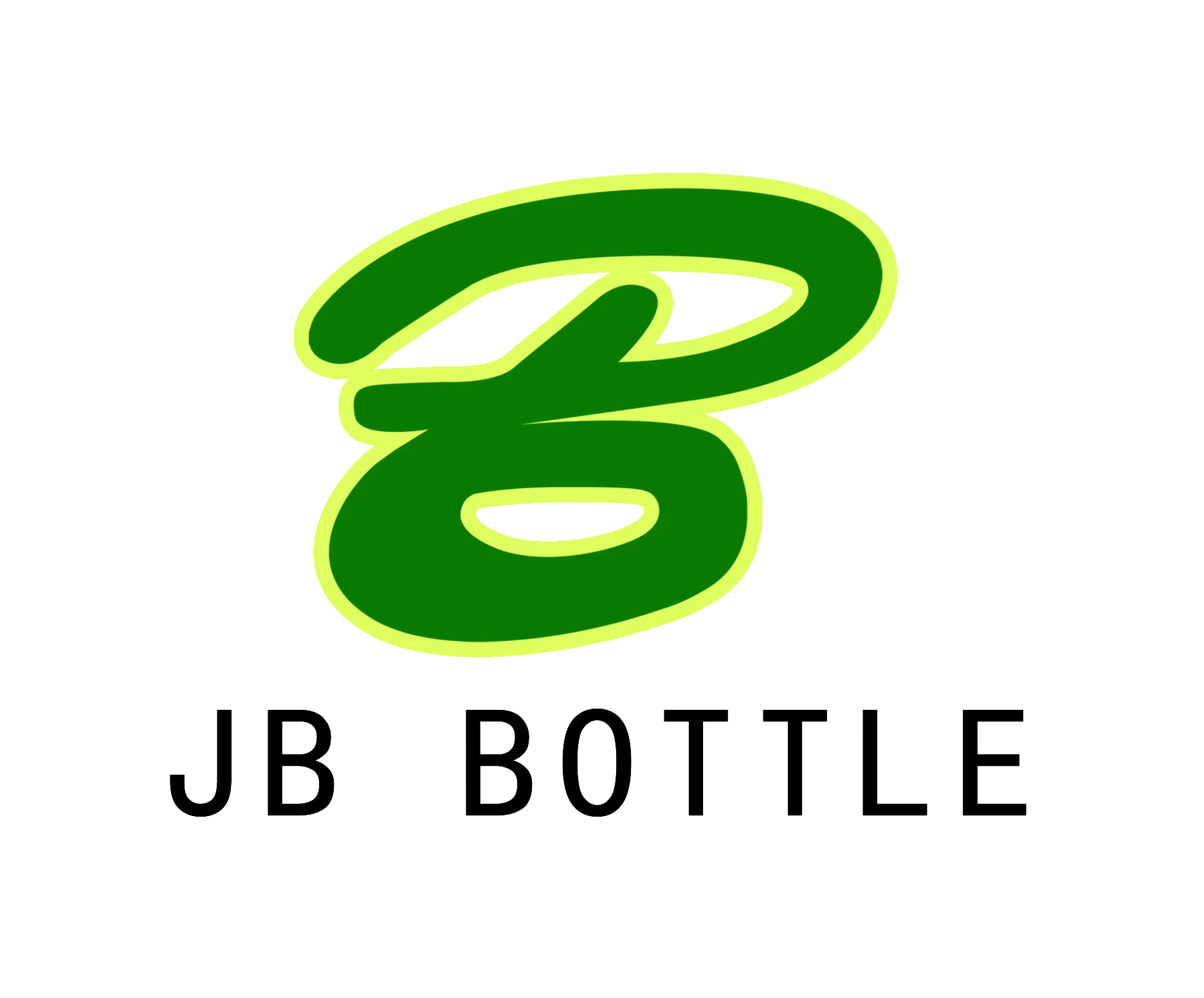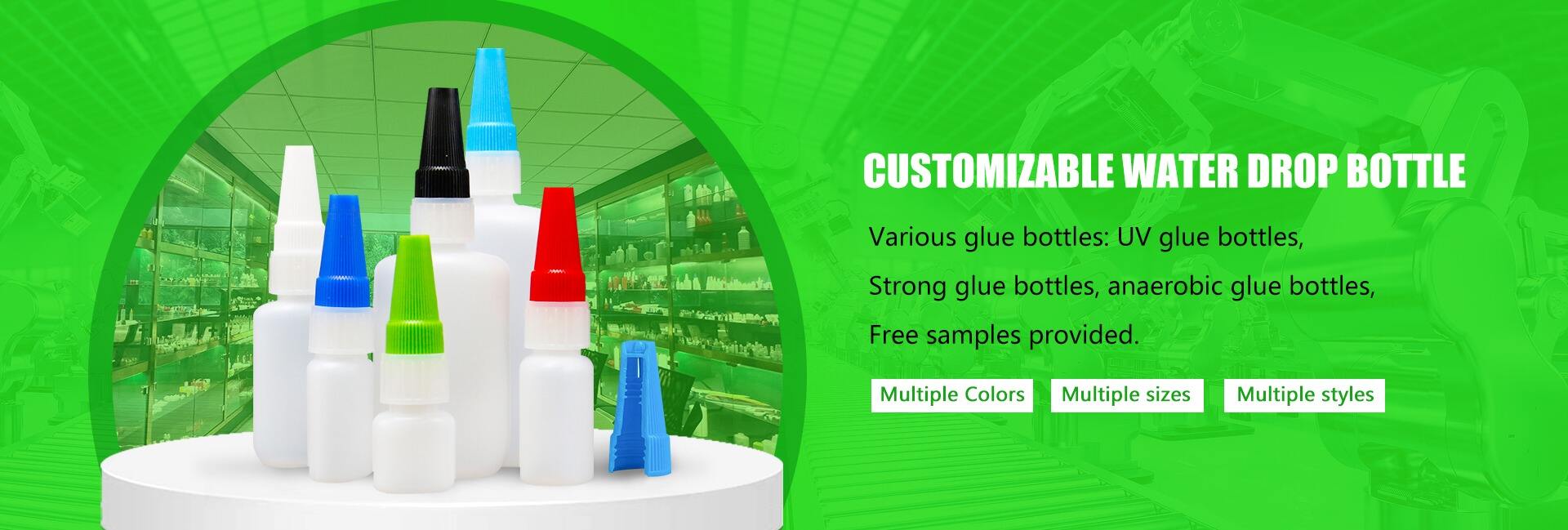Customize Ideal Plastic Bottles: Size, Color, Material for All Needs
Tailoring Plastic Bottle Sizes for Diverse Applications
Standard vs Custom Dimensions
In the realm of plastic bottles, standard dimensions often set the baseline for many industries, providing a predictable and uniform option for generic applications. For instance, cosmetic spray bottles might come in popular sizes like 50ml or 100ml. However, custom dimensions are equally essential, especially for products that rely heavily on branding and user experience; think of cosmetic pump bottles with unique shapes designed to stand out on a shelf. Industries such as cosmetics, pharmaceuticals, and personal care benefit significantly from custom dimensions. They allow for precise customization that aligns with distinct branding requirements, enhancing both aesthetics and consumer appeal. Custom plastic bottles, therefore, bridge the gap between standard utility and distinctive branding, ensuring that products do not just fit into a market but also stand out effectively.
Volume Considerations for Product Types
The volume of plastic bottles is intrinsically linked to the type of product being contained and its intended use. For example, cosmetic bottles often vary significantly in size based on the type of product — serums might be in smaller bottles, while lotions use larger ones. Factors such as consumer preferences, market trends, and the nature of the product play crucial roles in optimal volume determination. In industries like cosmetics, where trends shift towards portability and convenience, bottle volumes directly influence consumer purchase decisions and product success. For instance, a study in the cosmetics sector showed that smaller, travel-sized bottles led to a 30% increase in sales due to their convenience and perceived value. Hence, understanding the volume considerations for each product type can pave the way for better alignment with market demand and increased consumer satisfaction.
Ergonomic Design for User Experience
Ergonomic design in plastic bottles transforms usability and enhances customer satisfaction by ensuring that the products are comfortable to use and easy to handle. Features like bottle shape and grip are not just aesthetic decisions; they significantly impact the user experience. For instance, a well-designed grip on a cosmetic bottle ensures easier handling, reducing spillage and improving ease of use. Evidence from user surveys indicates that products with ergonomic design features see a marked increase in customer retention rates. A survey in the personal care industry demonstrated that 65% of users preferred custom plastic bottles with thoughtful ergonomic design due to the enhanced convenience they offer. In essence, integrating ergonomic design into packaging is more than a functional necessity; it is a strategy to foster user loyalty and satisfaction.
Color Customization Strategies for Brand Recognition
Pantone Matching System Implementation
The Pantone Matching System is crucial for achieving color consistency across various branding elements. This globally recognized system ensures that the colors used in packaging, such as custom plastic bottles, are precisely matched, thereby reinforcing brand identity. Accurate color matching impacts consumer recognition significantly, as consistent branding elements help consumers quickly identify and remember products. According to research, 60% of purchasing decisions are influenced by color preferences. When packaging consistently aligns with said preferences, it strengthens consumers' perception of brand reliability and identity.
Transparent vs Opaque Color Options
Choosing between transparent and opaque bottle colors involves weighing their respective advantages and drawbacks. Transparent bottles allow consumers to see the product inside, which can enhance trust and appeal in sectors like cosmetics, where the primary attributes are desirable even before consumption. On the contrary, opaque bottles offer a luxurious and mysterious feel, which can be leveraged to create exclusivity in branding strategies. Market data suggests that consumer choices are often divided; while some prefer the clarity and straightforwardness of transparent packaging, others are drawn to the sophistication that opaque designs offer.
UV-Resistant Pigments for Outdoor Use
UV-resistant pigments play a pivotal role in preserving the integrity of products intended for outdoor use. Exposure to sunlight can lead to degradation of materials and fade colors, which impacts both aesthetic appeal and functional efficiency of products stored within plastic bottles. Employing UV-resistant solutions ensures prolonged shelf life and quality maintenance of products, ultimately fostering consumer trust and satisfaction. Expert opinions highlight the necessity of UV protection, especially in industries like cosmetics, pharmaceuticals, and outdoor goods, due to the potential risk of chemical alterations and quality deterioration by UV exposure.
Material Selection Guide for Custom Bottles
HDPE vs PET: Durability Comparison
When choosing materials for custom bottles, understanding the differences between HDPE and PET in terms of durability is crucial. High-Density Polyethylene (HDPE) is known for its superior strength and resistance to environmental stress, making it well-suited for products like detergents and bleach. Polyethylene Terephthalate (PET), on the other hand, offers excellent clarity and barrier properties, ideal for bottled beverages and cosmetics. HDPE remains stable under varying temperatures, whereas PET excels when exposed to a variety of chemicals without degrading. According to industry data, PET bottles demonstrate a longer lifespan under certain conditions due to their excellent barrier properties, but HDPE's robustness under physical stress often makes it the go-to choice for industrial and harsh chemical applications.
Chemical Compatibility Testing
Selecting the right material for cosmetic and pharmaceutical bottles demands rigorous chemical compatibility testing. This process ensures that the material will not react adversely with the product, compromising safety or performance. Typical procedures include subjecting sample materials to prolonged exposure under controlled conditions, checking for any physical changes or chemical breakdown. Industries like cosmetics and pharmaceuticals, where the integrity of the product must remain intact, rely heavily on these tests. For instance, a well-known case is the adoption of certain plastic materials in the cosmetics industry, where compatibility ensures product efficacy and consumer safety without chemical leaching—backed by extensive research from industry experts.
Specialty Materials for Cosmetic Applications
In the realm of cosmetic bottles, specialty materials such as glass and biodegradable plastics are gaining popularity due to their distinct advantages. Glass, favored for its aesthetic appeal and impermeability, offers a premium feel and effectively protects products from outside contaminants. Biodegradable plastics present an environmentally friendly alternative, appealing to the eco-conscious consumer and aligning with sustainable brand initiatives. A study by the European Plastics Initiative revealed that consumers often associate the use of these materials with higher product quality and environmental responsibility. Brands utilizing these materials not only enhance their product's shelf appeal but also align with consumer demand for sustainability in cosmetic packaging solutions.
Industry-Specific Customization Solutions
Cosmetic Bottle Design Requirements
Designing cosmetic bottles requires adherence to specific guidelines to meet both functionality and aesthetic appeal. Regulatory aspects, like ensuring materials are safe for skin contact, are a primary consideration. Additionally, current design trends lean toward eco-friendly solutions and ergonomic shapes that enhance usability. For instance, sleek and simplistic designs have been successful because they appeal to a wide range of consumer preferences. These designs often incorporate minimalist labels, focusing on transparency to allow consumers visibility of the product inside. By keeping abreast of these trends and regulations, companies can craft cosmetic bottles that captivate consumer interest while ensuring safety and compliance.
Pharmaceutical-Grade Material Standards
Pharmaceutical packaging demands rigorous material standards to ensure products' safety and efficacy. These standards often include high resistance to tampering, contamination prevention, and specific barrier properties to protect medicinal formulations from environmental factors. Compliance with these stringent standards boosts consumer trust and reinforces a brand's reliability in the market. Regulatory bodies, such as the FDA in the United States, lay down these guidelines, which include specifications about material purity and structural integrity. Consistent adherence to these criteria is crucial for maintaining the credibility and effectiveness of pharmaceutical products.
Custom Spray Mechanisms for Personal Care
Personal care products benefit greatly from customized spray mechanisms that cater to diverse consumer preferences. The choice between mist and stream impacts the user's experience, with each offering distinct benefits. Mists are preferred for products like perfumes and setting sprays due to their fine application that covers large areas evenly. Conversely, targeted streams can be ideal for products like hair sprays that require precision. Data from market trends highlight a growing demand for spray bottles, with usability and convenience being deciding factors for consumers. Customization in spray mechanisms can set a brand apart, meeting consumer needs more directly and effectively.
Sustainable Customization Practices
Recycled Plastic Material Options
The demand for recycled plastic materials in custom bottle manufacturing is steadily increasing due to rising environmental consciousness among consumers. Recycled plastics offer significant sustainability benefits, including reduced resource consumption and less waste in landfills. Moreover, consumers often perceive products made with recycled materials as more environmentally friendly, which can enhance brand image. For instance, a case study in the kids' water bottle market revealed a shift from disposable plastics to eco-friendly alternatives, which are sought after for their durability and safe composition for children. The rise of eco-friendly water bottles made from recycled materials demonstrates successful implementation and appeals to consumers prioritizing environmental values.
Lightweighting Techniques
Lightweighting techniques are becoming essential in the design of sustainable custom plastic bottles as they significantly reduce material costs and transportation emissions. These methods allow manufacturers to retain the functionality and strength of packaging while decreasing the weight of materials used. Despite these reductions, the quality and integrity of the bottles remain uncompromised, and increasingly, brands are turning to lightweight solutions to improve their environmental footprints. According to a report, brands experienced efficiency gains in the form of lower shipping costs and reduced carbon emissions, thus contributing to sustainable customization practices. The ability to maintain quality while achieving sustainability is a key driver for adopting lightweight designs.
Reusable Packaging Systems
Embracing reusable packaging systems presents notable benefits, including substantial waste reduction and advancing sustainability. When brands advocate for reuse, they foster consumer loyalty and promote greener practices. By encouraging consumers to reuse bottles, companies not only extend the lifecycle of products but also contribute to environmental impact minimization. Pioneering brands like Hydro Flask are already successful in implementing reusable systems, providing durable and stylish bottles attractive to both children and eco-conscious parents. These brands exemplify how strategic marketing, emphasizing reusability and sustainability, can resonate with consumers and enhance product appeal in the competitive market for custom bottles.


